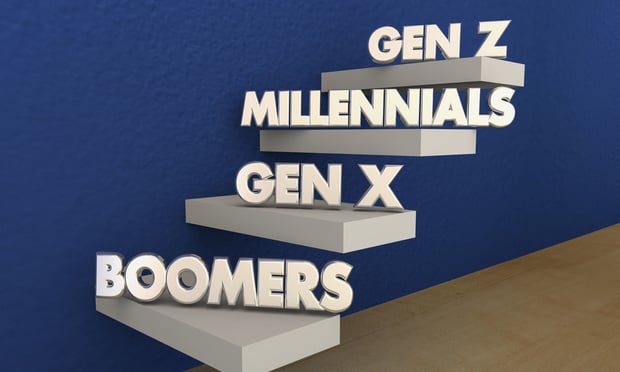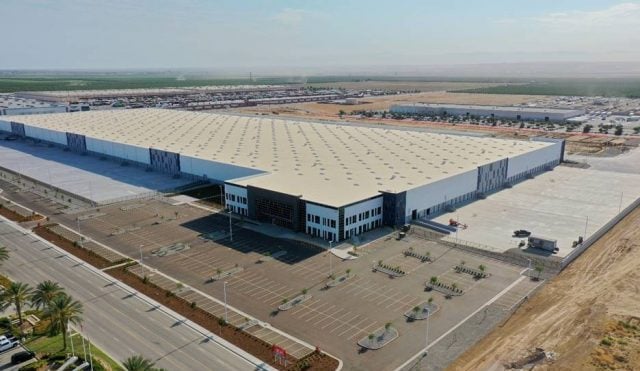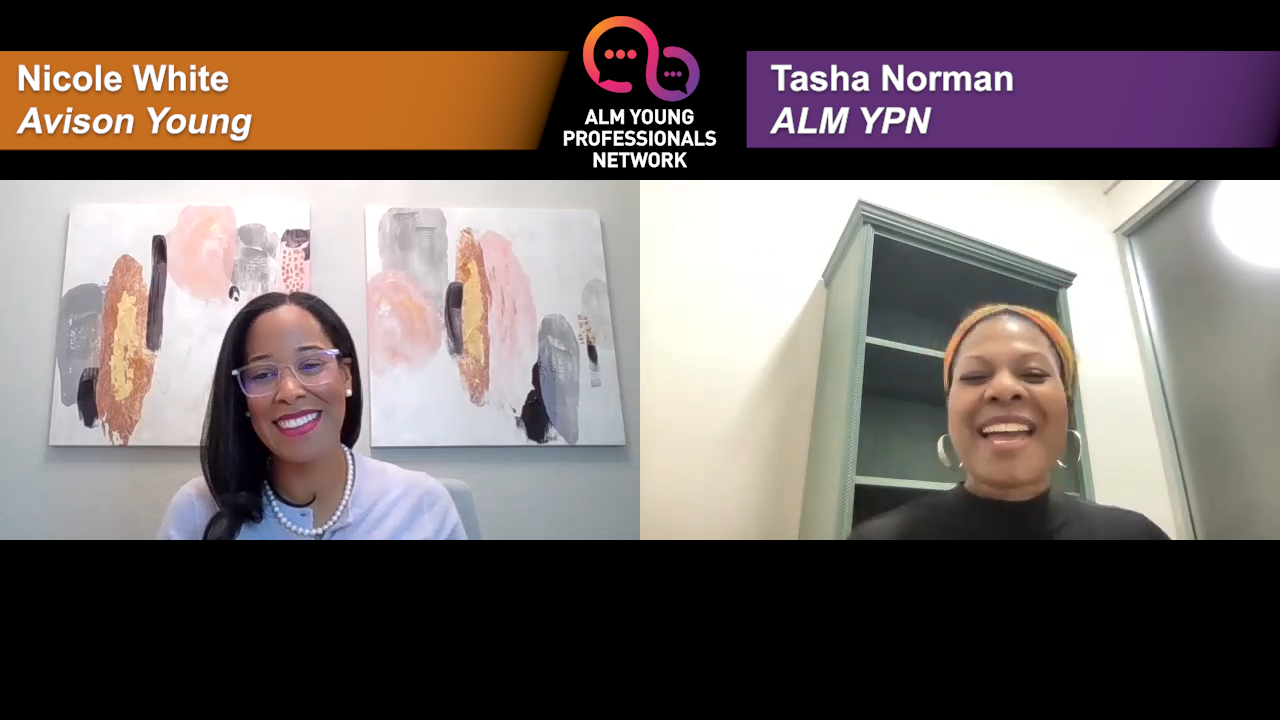ORLANDO—With the Florida ICSC show on deck, there will be plenty of retail buzz this week. What will the chatter be about? We caught up with James Mitchell, first vice president of CBRE Orlando, to get his take on the ICSC buzz.
GlobeSt.com: What's the buzz likely to be about at ICSC Florida this year?
Mitchell: In my opinion, the “buzz” at the ICSC will be centered around the question, “Is the retail recovery holding?” Consumers seem to be spending again, shopping center space absorption is positive and there seems to be good action around retail activity.
That said, corporate earnings on Wall Street from many national retailers are still hit and miss with revenue growth and same-stores sale growth stagnant to low single-digit at best. Growth plans still seem to be very strategic—not many retailers are focused on mass, programmatic expansions plans.
Quality over quantity now seems to be the new mantra with most of the major retail players. This is causing a dichotomy in major markets with strong infill trade areas experiencing redevelopment and retail expansion activity while the suburban, secondary markets are crawling along at a much slower recovery pace.
GlobeSt.com: What do you see as being the biggest game changer in retail over the past year?
Mitchell: I think one of the largest positive impacts in retail over the last year is the increased appetite for expansion from the smaller, non-publicly traded retailer. Restaurant and franchisee activity has definitely increased as the consumer seems to be splurging again on eating out.
Additionally, small business expansion, albeit still not where it was during the last boom, has come back to life and shopping centers are beginning to see increased activity for small spaces that remained vacant for several years during the recession. This is especially true in strong, infill markets where vacant space is becoming increasingly difficult to find. This effect should reverberate throughout the capital markets as shopping centers are finally becoming stabilized with both NOI and occupancy rates increasing again.
GlobeSt.com: What's going to have the biggest impact on retail in the near future?
Mitchell: I don't think you can pinpoint just one big item as we are in such a dynamic, ever-changing technological age of retail, but I think one of the biggest impacts in both the short and long run is the “Amazon effect “on bricks and mortar retail stores.
Whereas bigger was most always better during the last up-cycle, strategic and more efficient will be the future strategy of retailers. That said, I don't think the e-commerce side of retail would exist without the retail storefront. Bricks and mortar will continue to be the “branding” side of the business.
However, as e-commerce continues to become a greater portion of a retailer's annual revenue, the retail storefront will be both a revenue driver as well as a big branding driver for e-commerce sales. The one asset class of retail that the “Amazon effect” will not have a dramatic effect on is the daily needs retailer—grocery, gas/convenience, fitness, restaurants, medical retailers etc. will continue to see future storefront growth and should continue to drive positive absorption for shopping centers.
© Touchpoint Markets, All Rights Reserved. Request academic re-use from www.copyright.com. All other uses, submit a request to [email protected]. For more inforrmation visit Asset & Logo Licensing.






